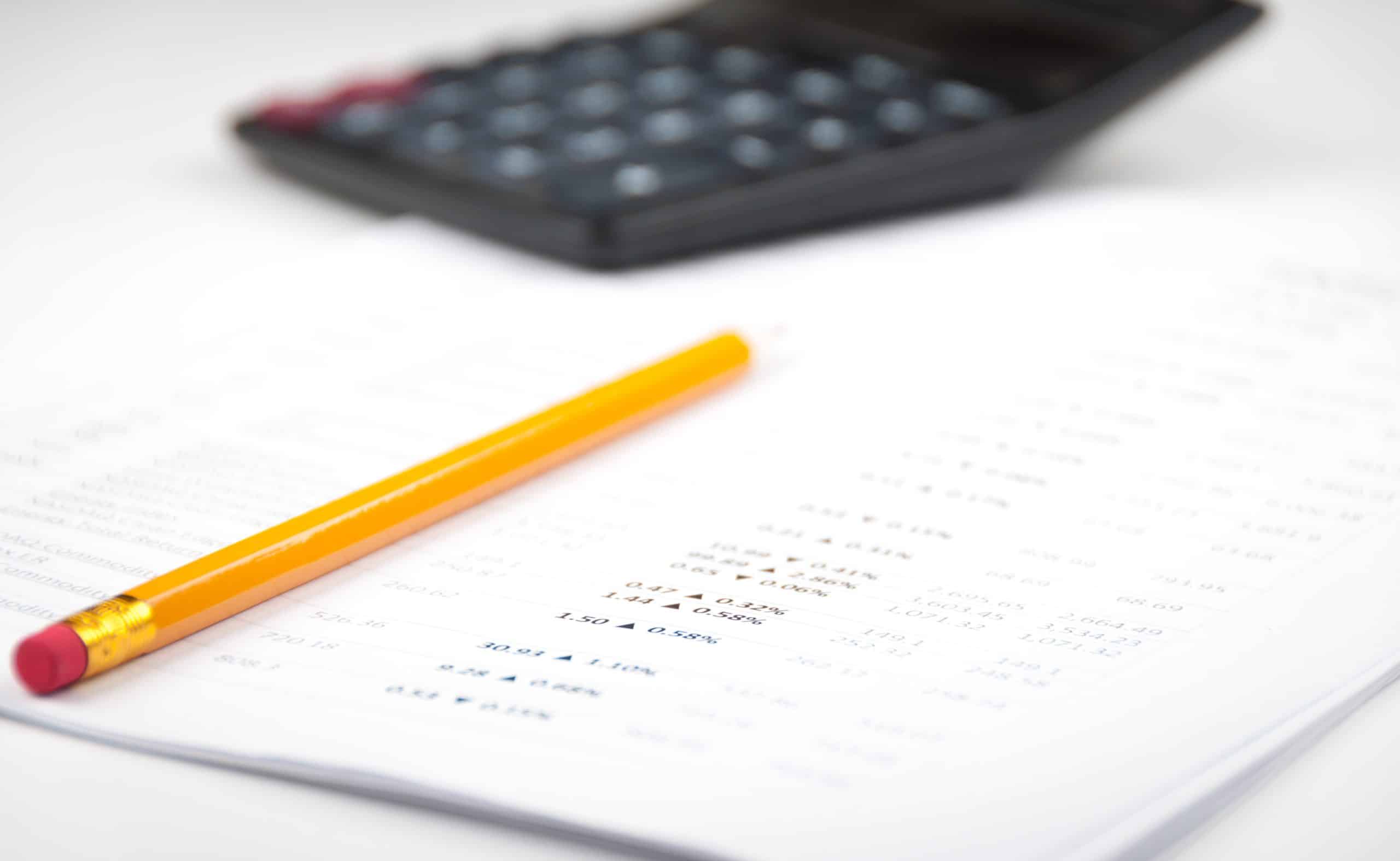How to Optimize Match Analysis for Tactical Improvements in Volleyball?

Volleyball is not just about serving, spiking, and jumping. Behind the scenes, there’s a lot of data analysis and tactical planning that goes into improving a team’s performance. Volleyball scholars and players alike are constantly looking for ways to take advantage of every possible edge to outmaneuver their opponents. This article aims to provide you with a comprehensive guide on how to optimize match analysis for tactical improvements in volleyball. Let’s dive in!
The Importance of Data in Volleyball Match Analysis
As a volleyball team, you’re not only athletes but also analysts. As you play, every move, every serve, every jump gets recorded. This data can provide valuable insights into your team’s performance and the areas where you can improve.
Lire également : What Are the Mental Preparation Techniques for Boxers Before a Title Fight?
An in-depth analysis of your game can help you identify your strengths and weaknesses. It can tell you about the players who consistently perform well, those who need improvement, and what kind of training each one needs. Additionally, it can also give you insights into your opponents’ strategies, helping you devise effective countermeasures.
With the advent of technology, there are many tools at your disposal for this kind of analysis. For instance, Google has several tools and platforms that allow you to analyze and visualize data in a way that is easy to understand and actionable.
En parallèle : What’s the Role of Sports in Promoting Mental Health Awareness Among Teens?
How to Use Video Analysis for Volleyball Training?
In the digital era, video has become one of the most effective tools for sports analysis. Video analysis allows you to observe the game from different angles, slow down the action, and study individual and team performance.
Consider the serve, one of the most crucial skills in volleyball. By studying a video of a player’s serve, you can identify even minor errors in technique that could be reducing the effectiveness of the serve. Similarly, video analysis can be used to improve defensive tactics, setting, and attack strategies.
There are several video analysis tools available that can provide detailed, frame-by-frame analysis of your game. Some tools even have features that allow you to annotate the video with notes, draw lines and shapes to highlight key points, and compare videos side by side.
The Role of Scholar Publications in Volleyball Match Analysis
Research publications can be a valuable resource when it comes to improving your volleyball game. Scholarly articles published on platforms like PubMed, Google Scholar, and CrossRef often contain in-depth studies of volleyball tactics and strategies, performance analysis, and training methodologies.
These articles are peer-reviewed, meaning they are critically analyzed by other experts in the field before being published. This ensures that the information contained in them is accurate and reliable. For instance, a doi (digital object identifier) is a unique alphanumeric string assigned to a digital object, like an article, that provides a persistent link to its location on the internet. It guarantees that the article can always be found, even if the URL changes.
The Value of Team and Individual Performance Analysis
A volleyball team is only as strong as its weakest player. This adage underscores the importance of individual performance analysis in volleyball. Each player has a unique role and set of responsibilities on the court. By analyzing each player’s performance, you can tailor training programs to address each player’s specific needs.
Team performance analysis, on the other hand, looks at the overall efficiency of your team. Are the players working well together? Is the communication effective? Are there any recurrent patterns or habits that are affecting the team’s performance? By addressing these questions, it’s possible to optimize the team’s performance and devise strategies that play to the team’s strengths.
Implementing Tactical Changes Based on Match Analysis
The final step in optimizing match analysis for tactical improvements in volleyball is implementing the findings into practice. This entails using the insights gained from the data and video analysis, as well as the scholarly articles, to improve both individual skills and team tactics.
For example, if the analysis reveals that a player’s serve is weak, then that player may need to spend more time practicing their serve. If the team often falters in the face of aggressive opponents, then defensive tactics may need to be revised.
Remember, the aim of analysis is to effect positive change. It’s not enough to simply collect and analyze the data. You have to put the findings into action. But once you do, the potential for improvement is enormous.
In conclusion, improving your volleyball game requires a combination of physical training and analytical thinking. By using data, video analysis, scholarly research, and performance analysis, you can gain a deeper understanding of your team’s performance and make informed decisions to improve.
Analyzing Volleyball Athletes: Training Load and Technical Skills
Analyzing the stamina and technical skills of volleyball players is a vital part of match analysis. This analysis can help identify areas that need improvement, such as physical endurance, jump height, and the execution of technical skills.
The training load of an athlete is a measure of the volume of training undertaken and its intensity. Monitoring this load can help prevent overtraining, injuries, and burnout. It can also help predict performance and optimize training schedules. Tools like Google Scholar, PubMed, and CrossRef offer a wealth of articles exploring the effects of training load on athlete performance.
Technical skills are at the heart of volleyball. Whether it’s serving, setting, spiking, or defending, each skill has a critical role in the game. Video analysis allows for a detailed review of these skills, helping players and coaches identify areas for improvement. For instance, analyzing a player’s jump height during a spike can help understand if the player needs to work on their jumping ability.
Do remember, technical skills and training load are intrinsically linked. Improving one often leads to improvements in the other. Therefore, a balanced focus on both aspects can lead to significant enhancements in overall performance.
The Impact of Scholarly Research on Volleyball Match Analysis
Scholarly research is a goldmine of information that can significantly improve your understanding of volleyball match analysis. These research papers, available on platforms like Google Scholar, PubMed, and CrossRef, offer in-depth insights into various aspects of volleyball including technical and tactical skills, training methodologies, and athlete performance.
A systematic review of these resources can provide valuable insights. For instance, an article on PubMed may provide a study on beach volleyball players’ training load, while a separate window on CrossRef might open up a research paper analyzing jump height in volleyball athletes.
Each scholarly article has a DOI (Digital Object Identifier) assigned by CrossRef. This unique alphanumeric string provides a persistent link to its location on the internet. It ensures that the article can always be found, even if the URL changes, ensuring you always have access to this vital information.
Conclusion: The Power of Match Analysis in Volleyball
In the game of volleyball, the optimization of match analysis using data, video analysis, scholarly research, and performance analysis can greatly improve a team’s performance. Whether it’s understanding the impact of training load on volleyball players, fine-tuning the execution of technical skills, or gaining insights from scholarly articles, each aspect plays a crucial role in tactical improvements.
Remember, the end goal of analysis is positive change. Simply collecting and analyzing data isn’t sufficient. The findings must be put into action. If done effectively, the potential for improvement is boundless, providing a significant edge over competitors.
By combining physical training with analytical thinking, your volleyball team can reach new heights. With dedicated effort, continuous learning, and consistent application of insights gained from match analysis, the path to success on the volleyball court is well within reach.
